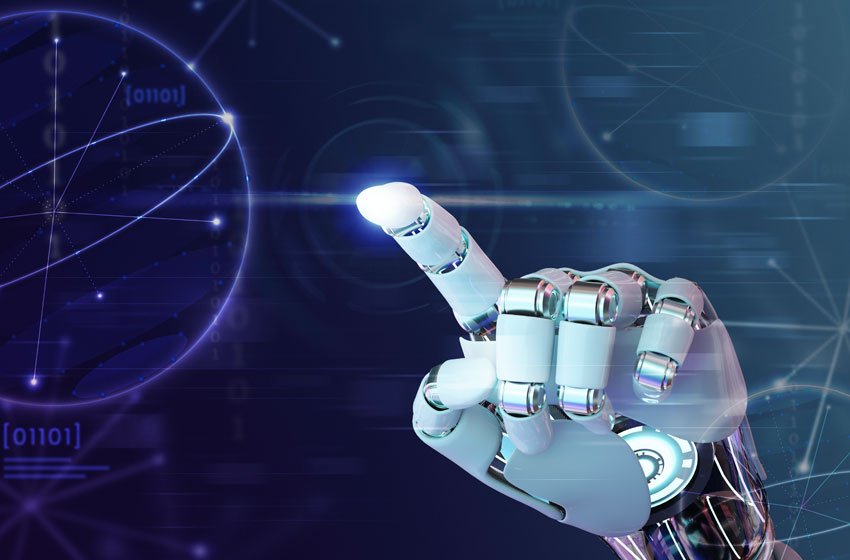Introduction to Machine Learning: Building Your First Model

Artificial intelligence has a fascinating field that is machine learning. This enables devices like computers to make and learn various decisions with predictions without any kind of explicit programming. We can find a number of applications in various domains under machine learning like finance, healthcare, image recognition and recommendation systems. If you are at initial stage to the world of machine learning and you really want to get started, then you are in the perfect and right place. Today we are discussing an introduction to machine learning and we will try to guide you through building process of your very first machine learning model.
What is Machine Learning?
We can say that there is a branch of artificial intelligence and we call it machine learning. The main focus on the development of algorithms that can automatically learn data patterns and make the decisions or predictions according to the learning. The algorithms of machine learning are prepared and trained on the data to recognize the generalize from them plus patterns, instead of explicitly programming rules for a task.
We can broadly categorized the machine learning into three sections:
1.) Supervised Learning
Algorithm can learn from the labeled data in the supervised learning. Where both output and input are known. This can be used for various tasks like regression and classification.
2.) Unsupervised Learning
This section can be involved the algorithms that search data structures of patterns without the explicit supervision. The famous tasks of this pattern are dimensionality reduction and clustering.
3.) Reinforcement Learning
Reinforcement learning basically focused on the training of agents so they can take actions in a specific environment to maximize the reward. Mostly this is using in game playing and robotics.
Building Your First Machine Learning Model
Step 1: Choose a Machine Learning Framework
There are a lot of famous machine learning frameworks and you can select one of them, for instance as
- TensorFlow
- Scikit-Learn
- PyTorch
If you are at beginning state then we recommend you to select Scikit-Learn, this would be an excellent choice just because of the extensive documentation and its simplicity. It’s easy to use and if you are facing any issues or difficulty the documentation will support you on each and every step.
Step 2: Gather and Prepare Data
The models of machine learning totally rely on data, so make sure your first step should be gathering and preparing your dataset. Also confirm it that your data is well-structured, clean and appropriately labeled. You can divide your data into sets of testing and training so this can evaluate the performance of your model.
Step 3: Select a Machine Learning Algorithm
You can select an algorithm that is really suitable for your issues, errors and problems. If you are at initial state and just starting, then decision trees or linear regression are the best options respectively for the tasks of classification and regression.
Step 4: Train Your Model
With your data of training, you can train the model of machine learning. Internal parameters will be adjust by the model to learn from the data. This process of training includes the duplication that is improving the performance of model.
Step 5: Evaluate Your Model
After the process of training, you should access the performance of model on the data of testing. The most common evaluation metrics will include precision, accuracy, F-1 score and recall for the tasks of classifications and mean squared error for the tasks of regression.
Step 6: Make Predictions
Once you are completely satisfied with the performance of model, then you can use it to make predictions on unseen and new data.


